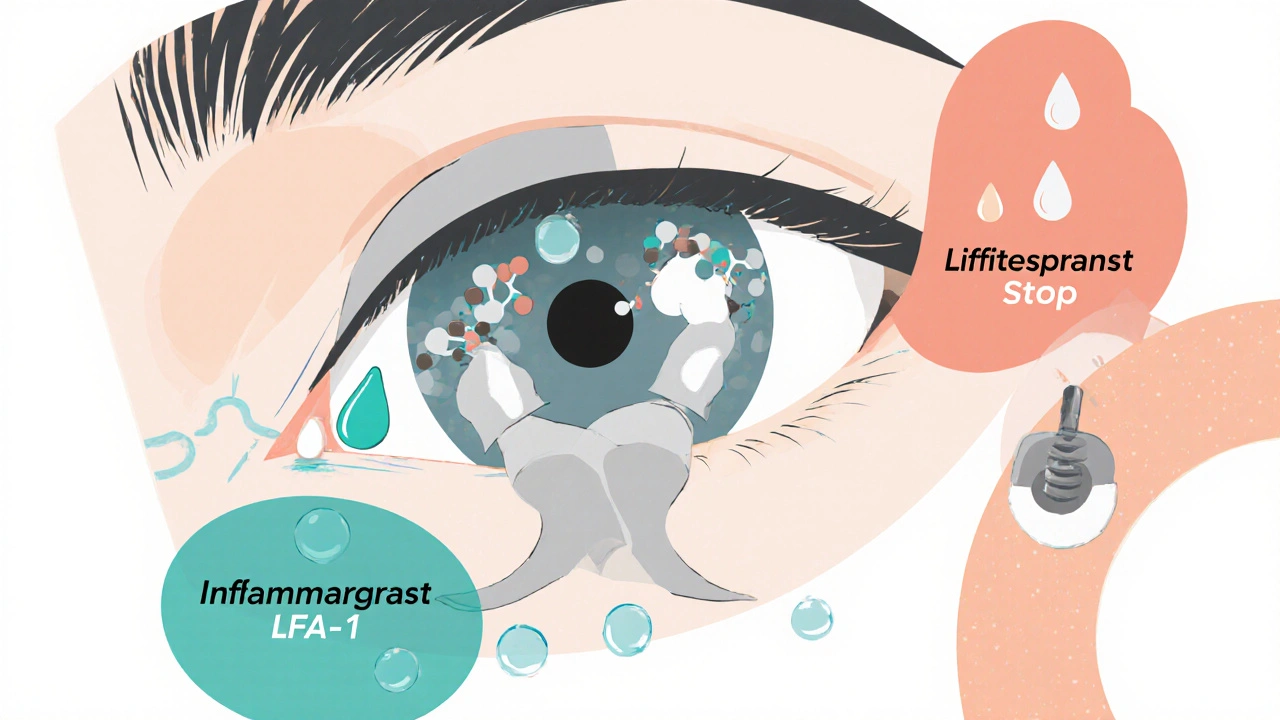Cyclosporine: What It Is, How It Works, and What You Need to Know
When your body starts attacking its own tissues—or when a new organ is at risk of being rejected—cyclosporine, a potent immunosuppressant drug that stops specific immune cells from triggering rejection or inflammation. Also known as CsA, it’s been a lifeline for millions since the 1980s, helping people survive transplants and manage severe autoimmune conditions. Unlike broad-spectrum steroids, cyclosporine targets just one part of the immune system: T-cells. That makes it more precise, but not harmless. It doesn’t just calm the immune system—it rewires it, and that comes with real trade-offs.
People take cyclosporine mostly after organ transplants, like kidneys, livers, or hearts, where the body’s natural defense system sees the new organ as an invader. It’s also used for serious cases of autoimmune disease, including psoriasis, rheumatoid arthritis, and nephrotic syndrome, when other treatments fail. But it’s not a quick fix. You don’t just start and stop it. Dosing is tight—too little and rejection happens; too much and your kidneys, liver, or blood pressure pay the price. Many patients end up on it for years, which means side effects like high blood pressure, shaky hands, or gum overgrowth become part of daily life. It’s not rare for doctors to switch patients to newer drugs once they’re stable, simply because cyclosporine’s long-term risks add up.
What you won’t find in most brochures is how much monitoring this drug demands. Blood tests aren’t optional—they’re the only way to know if your dose is still safe. Liver enzymes, creatinine levels, even cholesterol get checked regularly. And it doesn’t play nice with other meds. Grapefruit juice? Avoid it. Antibiotics like erythromycin? Could push your levels into danger. Even some over-the-counter painkillers can interfere. That’s why so many posts here focus on medication safety—because with cyclosporine, what you take on the side matters just as much as the pill itself.
There’s a reason this drug shows up in posts about transplant care, drug interactions, and long-term side effects. It’s not just a medicine—it’s a balancing act. You’re not just treating a disease; you’re managing a fragile state where your body’s defenses are held in check by a chemical that can also harm you. That’s why the posts below cover everything from how to spot early signs of kidney stress to what to do when your gums swell or your blood pressure spikes. You’ll find real-world advice on navigating the daily challenges, avoiding dangerous combos, and knowing when to call your doctor instead of waiting it out. This isn’t theoretical. These are the things people actually deal with while taking cyclosporine—and what you need to know to stay safe.
Published on Nov 25
8 Comments
Cyclosporine, lifitegrast, and punctal plugs are three key treatments for dry eye disease. Each works differently-cyclosporine reduces inflammation over months, lifitegrast offers faster symptom relief, and plugs conserve tears. Learn which one suits your needs.

